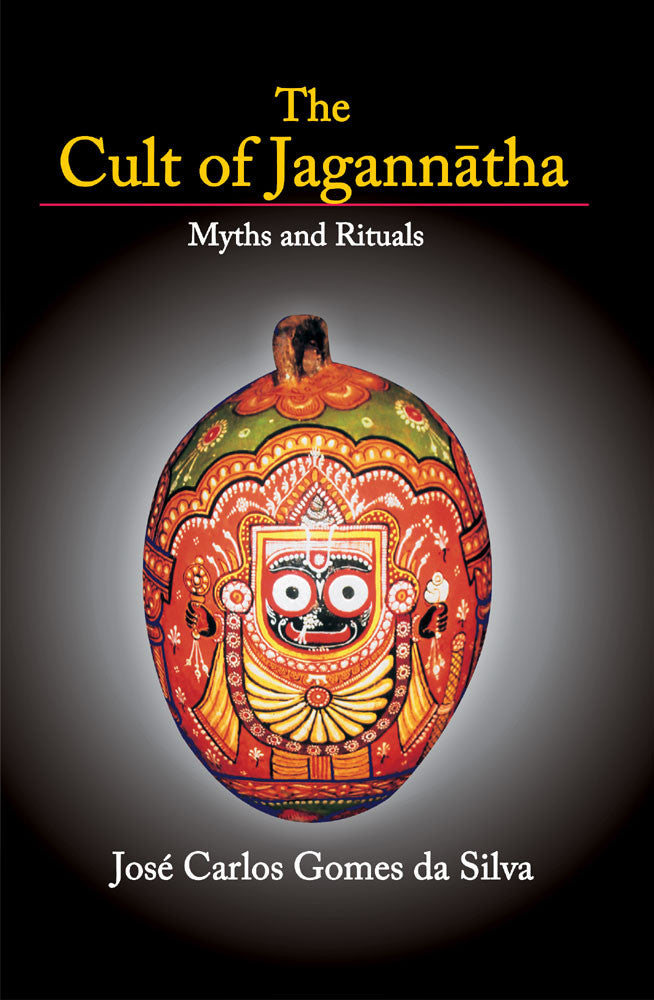The Cult of Jagannatha: Myths and Rituals
The Cult of Jagannatha: Myths and Rituals - Paperback is backordered and will ship as soon as it is back in stock.
Couldn't load pickup availability
The Cult of Jagannatha: Myths and Rituals offers a new approach to Orissan ethnography. In sharp contrast with dominant explanations, centred on tribal influences and the history of aryanisation, this book provides extensive evidence on the importance of religious orthodoxy. The transition from the coastal to the inland regions of Orissa is characterised by sharp demographic and sociological discontinuities. Such regional differences are probably a reflection of aryanisation. Ethnological accounts have most commonly relied on the historical reconstruction of this process. It has been assumed that native communities exercised a decisive influence on the traditions that flourished in the delta plain, especially those related to its vital centres-the city of Puri and the temple of Jagannatha. Myths and rituals show that sacrificial symbolism is at the core of Puri's religious system. Explicitly associated with an inaugural asvamedha (the Vedic horse sacrifice), the building of the great temple is still seen as a transformation of the brick-fire altar. These correlations are further supported by an impressive web of orthodox representations, both Vedic and Hindu. This acknowledgement of orthodoxy takes us back to the so-called singularities of local traditions. How to interpret the iconographic "specificity" of Puri's deities? What status should be attributed to the Sudra ritualists of the great temple? The present book provides new answers to these old questions. Puzzling as it may appear, the "strangeness" of Orissan ethnography is a particular-yet extremely coherent-expression of Indian traditions.
Review(s)
About the Author(s)
-
Pages
-
Edition
-
Size
-
Condition
-
Language
-
Weight (kg)
-
Publication Year
-
Country of Origin
-
Territorial Rights
-
Reading Age
-
HSN Code
-
Publisher




